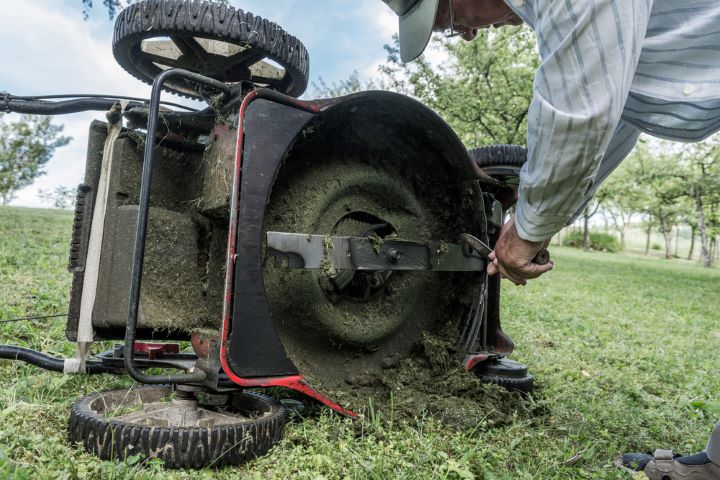
It’s one of the distinct sounds of warmer weather to hear your neighbor mowing their lawn. It’s also recommended that you mow your lawn about once a week to keep your grass cut nice and short, contributing to its health and plush appearance.
After pulling the mower out of the garage or shed, you reach down to tug on the recoil starter handle – and nothing happens. Instead, you’ll hear the motor turn a couple of revolutions and then stop.
What to do When Your Lawn Mower doesn’t Start
We’ve all been there, and we’re here to help you get your mower up and running again with these troubleshooting tips.
1. Read the Manual
 You kept it, right? Even if you didn’t, you can still go online, type in the make and model of your mower, and hopefully be able to find a digital copy to read.
You kept it, right? Even if you didn’t, you can still go online, type in the make and model of your mower, and hopefully be able to find a digital copy to read.
The manual is essential not just for help but also for the exact instructions you need for proper mower maintenance. Keeping your mower in top working condition will help prevent frequent breakdowns in the future.
Lawn Mower Manuals Online
- Craftsman (Now Black & Decker)
- Husqvarna
- MTD Products
- Ferris Commercial Mowers
- Snapper
- Honda
- Briggs and Stratton
- Cub Cadet
2. Give it a Good Cleaning and Fill Up
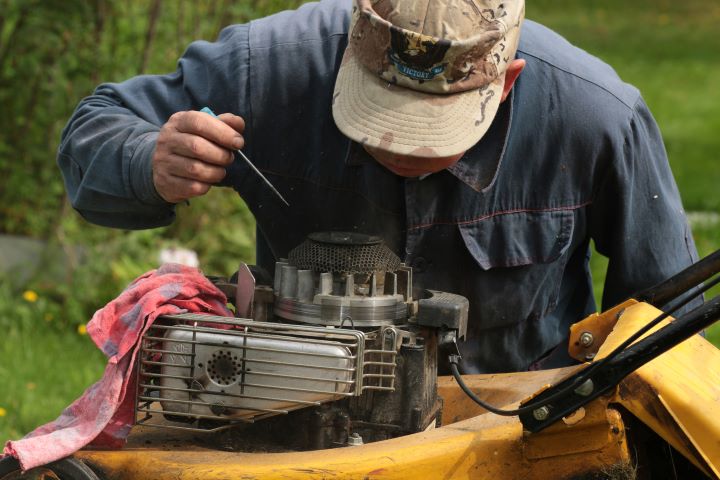 If you’ve checked the manual and it doesn’t solve your problem, then let’s proceed to the next necessary, but dirty step. Unplug the power and disengage the spark plug wire as well.
If you’ve checked the manual and it doesn’t solve your problem, then let’s proceed to the next necessary, but dirty step. Unplug the power and disengage the spark plug wire as well.
Move the mower to a flat surface off the lawn, turn it over, and clean out the excess grass clippings. You may discover a thick twig or chopped-up plastic bag that got caught in the blades.
After cleaning, make sure the gas tank is full of fresh gas. Then, with it all cleaned up and ready, try plugging it in and starting it again.
3. Start with the Starter Rope
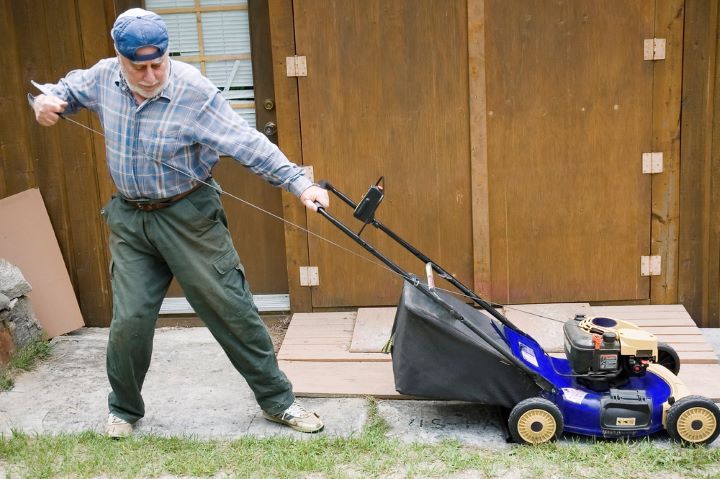 Sometimes the starter rope seems stuck or is harder to pull than normal. One reason is the engine flywheel brake is in place. This brake is the bar you hold down on the handle, releasing it to stop the engine.
Sometimes the starter rope seems stuck or is harder to pull than normal. One reason is the engine flywheel brake is in place. This brake is the bar you hold down on the handle, releasing it to stop the engine.
Bring this bar all the way down to the handle, and then try pulling the starter rope again.
4. Debris and Dirty Parts
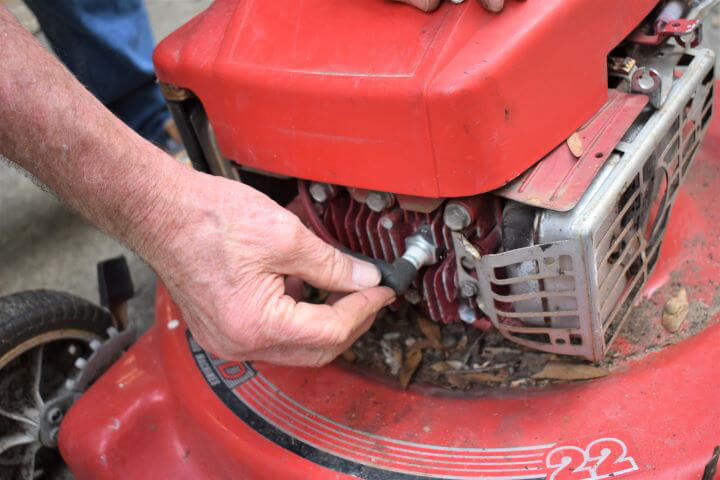 In addition to the lawnmower blades, there are other parts that can get dirty and full of debris that may need to be cleaned and/or replaced.
In addition to the lawnmower blades, there are other parts that can get dirty and full of debris that may need to be cleaned and/or replaced.
Check the spark plug for either a loose or disconnected connection. Due to carbon build-up and a possible weakening over time, the spark plug itself might have died. You could replace it.
It might need to be cleaned, reconnected, and tightened.
A defective spark plug prevents the engine from starting. The air filter could also become very dirty.
You can remove it, give it a thorough cleaning or total replacement, reinstall, and try to start the mower. Unfortunately, these are the smaller parts that get dirty the quickest.
As a safety note of precaution, always unplug the mower before doing any cleaning.
5. The Clean Carb Diet
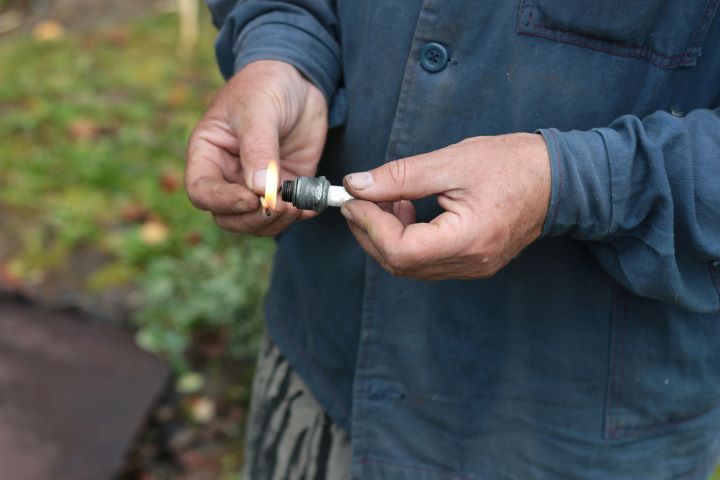 Cleaning your carburetor is one of the best low-cost maintenance tricks for lawn mower troubleshooting.
Cleaning your carburetor is one of the best low-cost maintenance tricks for lawn mower troubleshooting.
You can follow the instructions in your manual to locate the carburetor, which could be a small cup underneath the top of the lawnmower.
With the mower shut off and the gas tank empty, remove the bolt, the washer, and the cup.
Clean out the cup, any extra oil or gunk you find in that part, and use a sewing needle or other tiny tool to thoroughly clean out the little holes in the bolt.
Keeping all of the parts clean from dried-up oil will keep your mower running smoothly. You can also replace the gasket to create a better seal. In addition, there are special carburetor cleaners that can also assist with doing a thorough cleaning job.
After cleaning the bolt and the carburetor, wipe them dry with a paper towel and replace them on the mower. Next, fill the gas tank, plug it in, and give it a start. This minor fix has saved many lawnmowers.
Don’t Fix It and Forget It
After you start your lawnmower, refer to the manual for proper maintenance techniques, so that it doesn’t strand you again!
You might also want to keep this quick list of instructions in a handy place since, after next winter, your trusty lawnmower might not start.
Rather than hurting your shoulder by yanking the string repeatedly, follow these handy tips!



